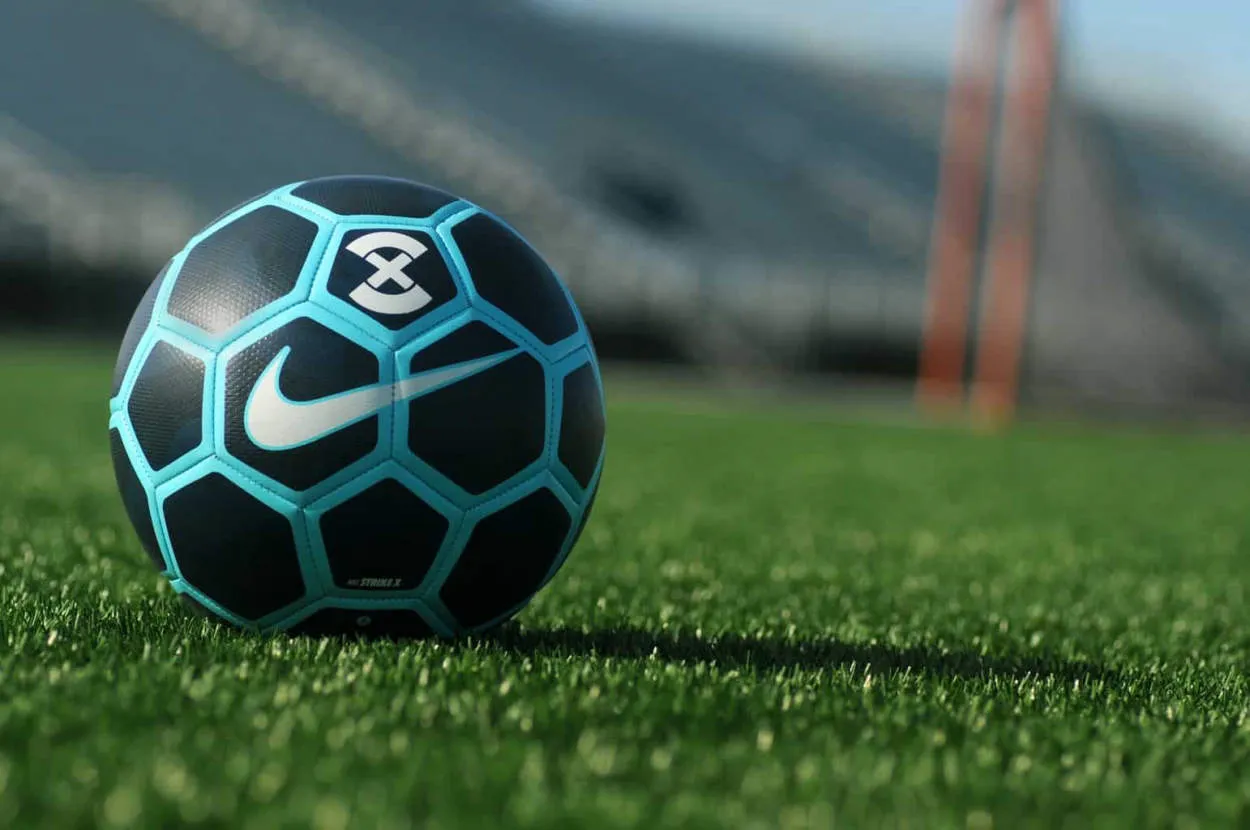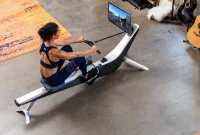When it comes to participating in any sport, having the right equipment is essential for both performance and safety. Whether it’s a soccer ball, tennis racket, or protective gear, choosing the correct equipment can make all the difference. In this article, we will explore the must-have items that every sports enthusiast should consider investing in.
Sport-Specific Gear Guides
When it comes to participating in any sport, having the right equipment is essential. Each sport has its own specific requirements, and having the appropriate gear not only enhances your performance but also ensures your safety. Here are some sport-specific gear guides to help you understand the essential equipment needed for various sports:
Tennis:
For a game of tennis, you will need a high-quality tennis racket, tennis balls, and a comfortable pair of tennis shoes. Additionally, wearing appropriate clothing, such as breathable shirts and shorts, is important to keep you comfortable during matches.
Soccer:
In soccer, a well-fitting pair of soccer cleats is crucial to provide the necessary traction and support on the field. Shin guards are also necessary to protect your shins from kicks and tackles. Don’t forget to wear a comfortable jersey, shorts, and soccer socks.
Basketball:
For basketball, a good pair of basketball shoes that provide ankle support is vital. You will also need a basketball and proper clothing, such as basketball shorts and a jersey. Additionally, some players may opt to wear knee pads for added protection.
Cycling:
Cycling requires a reliable bike that suits your riding style. Whether it’s a road bike or a mountain bike, make sure it’s in proper working condition. Other essential gear includes a helmet to protect your head, cycling shoes with suitable cleats, padded cycling shorts, gloves, and sunglasses.
Swimming:
For swimming, a well-fitting swimsuit or swim trunks are necessary. Goggles help protect your eyes from chlorine or saltwater and enable better visibility. Additionally, a swim cap is helpful in keeping your hair in place and reducing drag in the water.
Remember, these are just basic guidelines, and each sport may have additional requirements. It’s crucial to do proper research and consult with experts if needed to ensure you have the appropriate gear for your chosen sport. Proper equipment not only enhances your performance but also keeps you safe and comfortable throughout your sporting activities.
The Importance of Gear Certification
When it comes to participating in any sport, having the right equipment is essential. Not only does it enhance performance, but it also ensures the safety of the athletes. In the world of sports equipment, gear certification plays a crucial role.
Gear certification is the process of verifying that sports equipment meets certain quality standards and safety regulations. This certification is typically carried out by authorized organizations or governing bodies responsible for ensuring the integrity of the equipment used in different sports.
There are several reasons why gear certification is important. Firstly, it helps to maintain a level playing field by ensuring that all athletes have access to equipment that meets the required standards. This prevents unfair advantages and promotes fair competition.
Secondly, gear certification helps to minimize the risk of injuries during sporting activities. By ensuring that equipment is properly tested and meets safety regulations, the chances of accidents and incidents occurring are significantly reduced. This is especially critical in high-impact sports where the risk of injury is greater.
Furthermore, gear certification provides athletes and sports enthusiasts with confidence in the equipment they are using. Knowing that their gear has been certified to meet specific quality and safety standards allows athletes to focus on their performance without worrying about equipment malfunction or failure.
Lastly, gear certification helps to protect the reputation of sports and sporting events. By enforcing quality standards and safety regulations, it ensures that the equipment used in competitions is reliable and up to par. This not only enhances the overall experience for participants and spectators but also fosters trust and credibility in the sporting industry.
In conclusion, gear certification is an integral part of ensuring the effectiveness, safety, and fairness of sports equipment. It plays a crucial role in maintaining a level playing field, reducing the risk of injuries, instilling confidence in athletes, and safeguarding the reputation of sports. Therefore, athletes, governing bodies, and sports organizations should prioritize gear certification to promote integrity and excellence in sports.
Trends in Youth Sports Equipment
When it comes to youth sports, having the right equipment is essential for a successful and safe experience. Over the years, there have been several trends in the world of youth sports equipment that have revolutionized the way young athletes train and compete. Let’s explore some of these trends:
1. Technology Integration
In recent years, technology has made its way into the world of youth sports equipment. From fitness trackers and smartwatches to interactive training tools, technology is being used to enhance performance, track progress, and prevent injuries.
2. Safety First
With an increasing emphasis on player safety, sports equipment manufacturers are constantly innovating to ensure the well-being of young athletes. From improved helmet designs to enhanced padding and support systems, safety features are now a top priority.
3. Customization and Personalization
Personalization has become a major trend in youth sports equipment. Today, athletes can customize their gear to fit their preferences and individual needs. This includes everything from choosing specific colors and designs to selecting the perfect fit and level of support.
4. Sustainable Materials
As the world becomes more environmentally conscious, the use of sustainable materials in sports equipment has gained popularity. Manufacturers are now focusing on creating eco-friendly gear that is durable, functional, and reduces the environmental impact.
5. Versatility
Many youth sports equipment items are designed with versatility in mind. This allows young athletes to use a single piece of equipment for multiple sports, saving both cost and storage space. From adjustable goals to multi-purpose shoes, versatility is on the rise.
6. Smart Training Tools
Training tools that integrate technology and data analysis to provide real-time feedback are gaining popularity among youth athletes. These tools help young athletes track their progress, refine techniques, and improve performance in a more efficient and effective manner.
As the world of youth sports continues to evolve, so too does the equipment used by young athletes. By keeping up with the latest trends and utilizing the right gear, young athletes can enhance their performance, stay safe, and enjoy their sports to the fullest.
The Role of Equipment in Injury Prevention
When it comes to sports, having the right equipment is crucial not only for performance but also for injury prevention. The use of proper gear can significantly reduce the risk of injuries and ensure the safety of athletes. Here are some essential equipment pieces that should be considered for every sport:
1. Protective Gear
Protective gear, such as helmets, shin guards, mouthguards, and pads, are specifically designed to shield the vulnerable areas of the body from direct impact. This gear is essential in sports like football, hockey, and rugby to prevent concussions, fractures, and other serious injuries.
2. Footwear
Choosing the right footwear is crucial for preventing foot and ankle injuries. Sports shoes should provide good support, flexibility, and traction. Additionally, specialized shoes, like cleats or spiked shoes, should be used for certain sports to enhance performance and prevent slips or falls.
3. Proper Clothing
Wearing appropriate clothing is often overlooked but plays a vital role in injury prevention. Clothing should allow for freedom of movement, be breathable, and provide adequate protection from the elements. Compression garments can also be used to reduce muscle fatigue and support injury recovery.
4. Eye Protection
In sports where eye injuries are a common concern, such as basketball, racquetball, or skiing, wearing protective eyewear is essential. Goggles or sports glasses can prevent eye damage from impact, UV rays, or harsh weather conditions.
5. Training Aids
Training aids, such as resistance bands, agility ladders, or balance boards, can contribute to injury prevention by improving strength, flexibility, coordination, and balance. Appropriate use of these aids can enhance an athlete’s performance and reduce the risk of injuries.
Remember, while having the right equipment is essential, it is equally important to use it properly and ensure that it fits correctly. Regular maintenance and replacement of worn-out gear are also crucial to ensure its effectiveness. By prioritizing the role of equipment in injury prevention, athletes can enjoy their chosen sports while minimizing the risk of harm.
Choosing Between New and Used Equipment
When it comes to purchasing equipment for sports, one of the key decisions you’ll need to make is whether to buy new or used equipment. Both options have their own advantages and considerations, so it’s important to weigh them carefully before making your decision.
New Equipment
Opting for new equipment can provide several benefits. Firstly, new equipment often comes with warranties, allowing you to have peace of mind knowing that you are covered in case of any defects or malfunctions. Additionally, new equipment is typically in pristine condition, ensuring optimal performance and longevity.
Furthermore, purchasing new equipment allows you to have access to the latest technological advancements. This can be particularly advantageous in sports where technology plays a significant role, such as golf clubs with advanced tracking systems or basketball shoes with enhanced cushioning.
Used Equipment
On the other hand, buying used equipment can be a more cost-effective option, especially for those on a tight budget. Used equipment is often significantly cheaper than new, allowing you to save money without compromising on functionality.
Moreover, some used equipment can still be in excellent condition, especially if it has been well-maintained by the previous owner. This can be a great way to get high-quality equipment at a fraction of the original price.
Considerations
When deciding between new and used equipment, there are a few considerations to keep in mind. Firstly, assess the specific sport and equipment you require. Certain sports, such as cycling or skiing, might require more attention to detail when buying used equipment due to safety considerations.
Secondly, evaluate your personal preferences and goals. If you value having the latest technology and are willing to invest in new equipment, that might be the best choice for you. Alternatively, if budget is a primary concern, used equipment can be a practical option.
Conclusion
In conclusion, choosing between new and used equipment depends on various factors such as your budget, the sport you engage in, and your personal preferences. Consider the advantages and considerations outlined above to make an informed decision that best suits your needs.
Conclusion
In conclusion, having the right equipment is essential for every sport. Whether it’s a tennis racket, a pair of cleats, or a basketball hoop, the right equipment can enhance performance, improve safety, and make the sport more enjoyable. Investing in quality equipment is a wise decision for any athlete or sports enthusiast.




